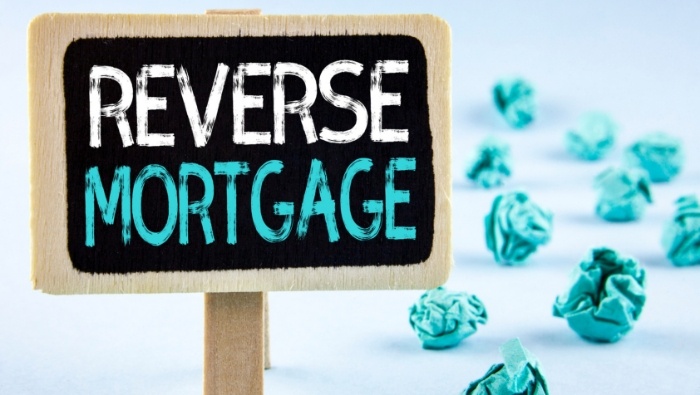What Mature Homeowners Should Know About Reverse Mortgages
by Andrea Norris-McKnight

If a reverse mortgage is likely to be part of your retirement plan, you probably have some questions about how they work and what you need to know. We get answers for you from an expert.
You see the ads for reverse mortgages on TV. But, if you’re unfamiliar with how a reverse mortgage works, it sounds too good to be true.
To help us learn more about reverse mortgages, we turned to Buck Wargo, former senior editor of Now It Counts Magazine with expertise in money matters, social security, Medicare, financial planning, and retirement strategies.
Q: You’re a proponent of reverse mortgages. What makes them so attractive in your view?
A: It’s just a mortgage loan, but one with the most flexible repayment terms of any loan out there, including no requirement to repay until both spouses leave the home. As such, it can significantly improve the cash flow position of older Americans who still owe on their home, plus allow them to access their equity to provide a better quality of life in retirement.
It’s important to remember that the point of buying the home in the first place was as an investment, but in the current world of income-based and no asset-based lending, it’s about the only way to utilize the equity you’ve built outside of selling the home. A reverse mortgage is the best of both worlds in that the retiree can remain in the home until they pass, yet still use their equity to fund their retirement.
Further, any additional home appreciation or remaining equity still belongs to the borrower or their heirs. If we experience another housing crash, the heirs can purchase the home for 95% of market value at the time of repayment, even if the borrower owes more than the home is worth.
You deserve a comfortable retirement.
Q: Many baby boomers are skeptical of reverse mortgages. Why do you think that is?
A: There have been many uneducated stories about people losing their home to foreclosure “because” of a reverse mortgage. The fact is these people failed to pay their property taxes, which is a requirement of a reverse mortgage. If they could not pay their taxes with no mortgage payment, the likelihood they couldn’t pay their taxes while having a monthly mortgage payment with a traditional mortgage is all but certain. The product is grossly misunderstood.
Q: If I wanted to get a reverse mortgage, what should I look for in a mortgage company?
A: As with any mortgage, service, rate, and fees are important.
Q: What choices do I have on payout options? And, how do I decide which one would be best for me?
A. There are two types of reverse mortgage. The fixed rate allows you to take your equity in a lump sum, while the adjustable rate reverse mortgage uses your equity like a line of credit with more flexibility. It allows you to take a lump sum, in money payments like an annuity, or just when needed. The adjustable reverse mortgage also allows a borrower to take a bigger percentage of equity as the borrower ages.
Q: Should people tell their children about plans to get a reverse mortgage?
A: Yes. The challenge for retirees, however, is when heirs feel entitled to the home upon their parents’ death, and pressure them not to use their equity to improve their retirement and leave it to the heirs instead. So many 50+ Americans have not saved enough for retirement, so a reverse mortgage is one of the only vehicles available to improve the quality of life for a retiree.
Reviewed February 2023
Sign me up for a comfortable retirement!
Sign me up for a comfortable retirement!
Popular Articles
- Comparing Retirement Housing Options
- How We Retired With Almost No Savings
- How Retirees Can Live on a Tight Budget
- 9 Things You Need to Do Before You Retire
- What You Need to Know About Long Term Care Insurance Before You Retire
- You Didn’t Save Enough for Retirement and You’re 55+
- Could Debt Derail Your Retirement? A Checklist
- Your Emergency Fund In Retirement: A Comprehensive Guide
- Managing Your 401k In Your 50s


